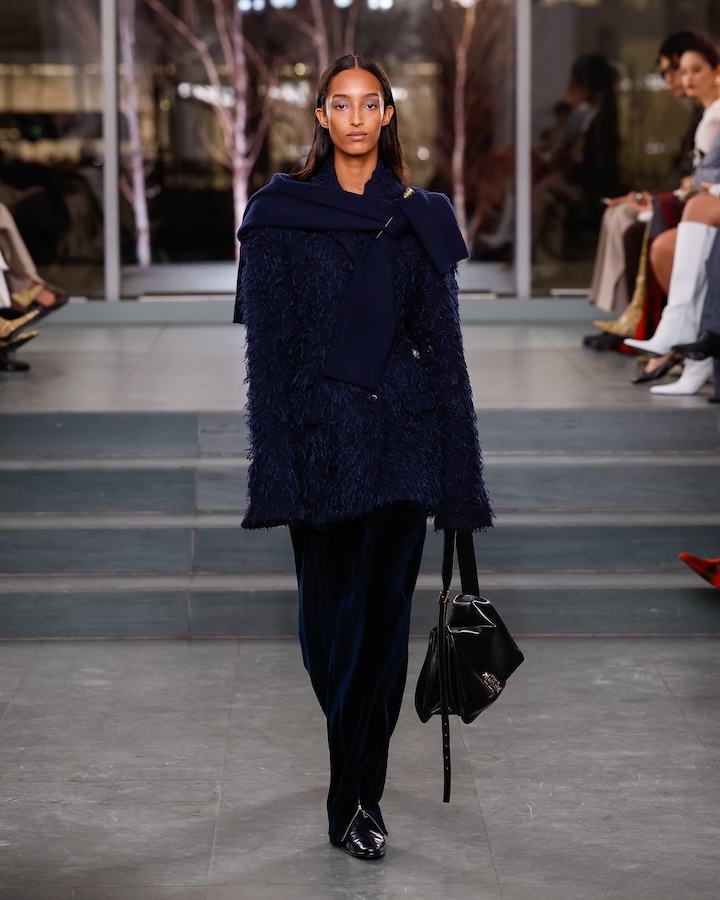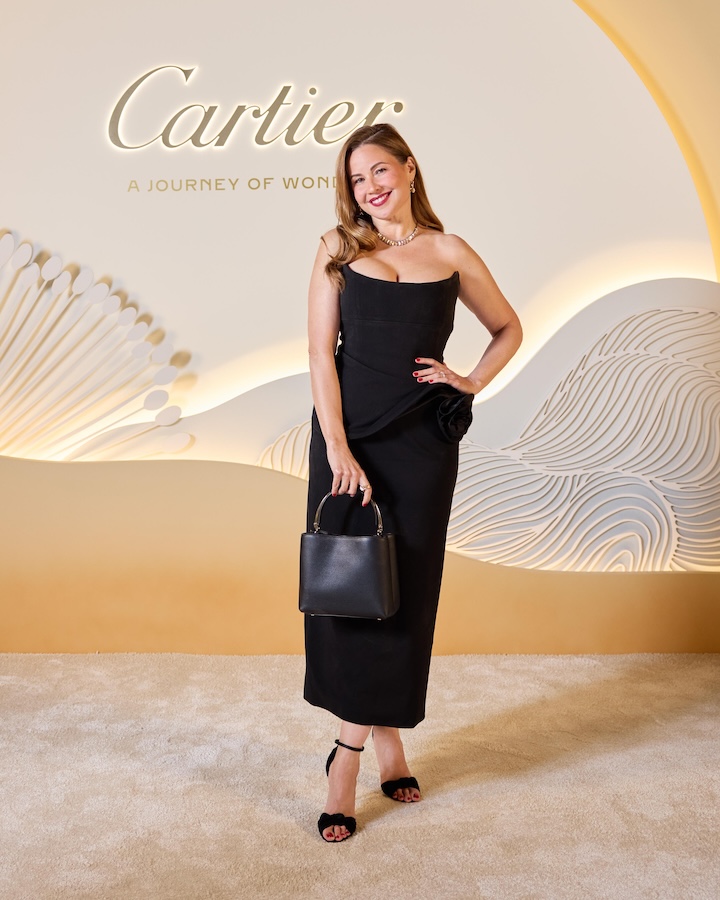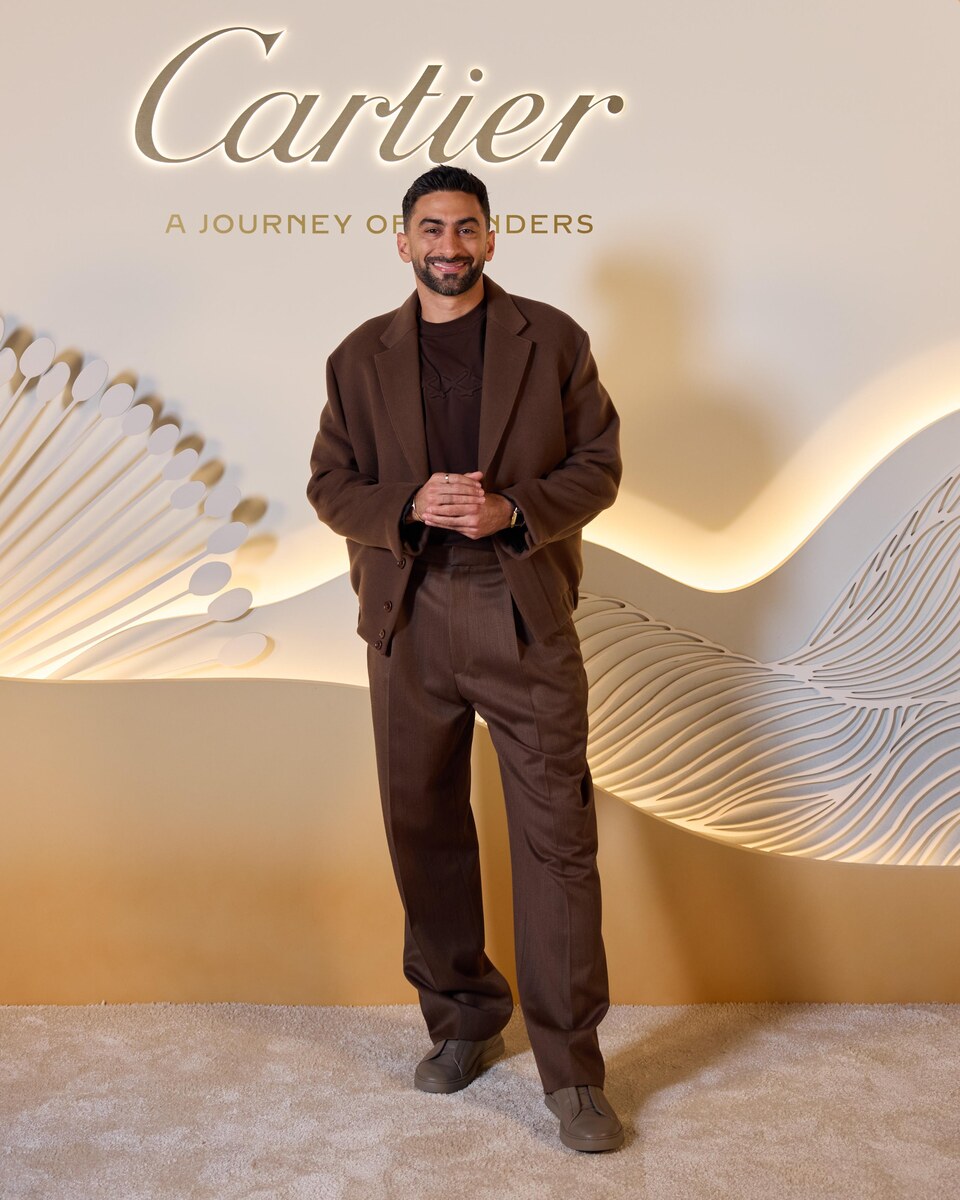DHAHRAN: The King Abdulaziz Center for World Culture (Ithra) is currently hosting “The Camel Through the Ages” exhibition at its Dhahran headquarters in collaboration with the Riyadh-based Layan Cultural Foundation. The show runs until Nov. 1 in a year designated by the Ministry of Culture as the Year of the Camel.
“Camels have long occupied a special place in the societies of the Arabian Peninsula, including the kingdom of Saudi Arabia; they were a means of transportation across vast distances, crossing mountains, valleys, and deserts, similar to ship movements within the sea waves,” Ithra said in a statement.
In an emotional keynote speech at the opening of the exhibition, LCF founder, Prince Faissal bin Abdullah bin Mohammed, expressed the significance of the camel to the Kingdom’s cultural heritage and as a symbol of strength and resilience.

Prince Faissal bin Abdullah at the opening of 'The Camel Through the Ages.' (Supplied)
Ghada Al-Tobaishi, executive director of the LCF said: “We are very pleased to cooperate with Ithra (on this) exhibition. This academic and cultural project aims to enrich the knowledge of many important facts of cultural heritage of past eras.”
Last year, the LCF published a two-volume Arabic-language book about camels, in cooperation with the King Abdulaziz Public Library. That was the inspiration for the current exhibition at Ithra. Some of the works were commissioned specifically for the exhibition, while others were part of the book. The show is curated by Kumail Muhammed Almusaly with the help of Maryam Al-Dossary.
“We, at Ithra, reached out to Layan Cultural Foundation to collaborate on an exhibit specifically for the Year of the Camel,” Almusaly told Arab News. “And it fits very well with the intent of this gallery, which focuses on the history of Saudi Arabia.

Digital mosaics created at the Layan Cultural Foundation for 'The Camel Through the Ages.' (Supplied)
“We came up with five themes in order to create a journey in which the visitor could flow freely between the artworks — it is not a linear journey,” he added.
The five themes are: the camel as an iconic symbol of the Arabian identity; the camel as a meditative or spiritual connection — especially through Qur’anic verses; the camel as a source of pride in camel races and as part of the family; camels as part of oral or folk history; and camels as a companion, in times of rest and travel.
The first thing visitors see on entering the exhibition space is a collection of paintings, including a 2013 work by Saudi artist Abdulrahman Al-Soliman entitled “The Camel is not a Ship.”

'The Camel Through the Ages,' the two-volume book that was the inspiration for the exhibition. (Supplied)
“This is a statement by a pioneering artist,” Almusaly said. “(It’s) a piece that ‘corrects’ our perception toward camels. He is using text over the painting, which states that the camel is ‘not the ship of the desert.’ He wants to convert that perception back to the reality that the camel is a creature — it is not an object.”
This section of the exhibition also includes digital mosaics created by the LCF, alongside works from international and local artists. “There is a part where we switch to how Western artists have looked at Eastern culture — how they are examining the camel and Arabic culture from their perspective,” Almusaly explained.
After the paintings, the show moves on to sculptures of various styles and sizes, to photographs, to old coins and a few traditional garments. Arabic calligraphy is a part of many of the pieces.
According to Almusaly, the LCF has been instrumental in “maintaining culture, maintaining history and preserving culture through these materials,” bringing in experts to examine each object and in order to elevate our overall understanding of the camel.
The exhibition provides an opportunity to examine the camel through the eyes of various artists, and through a visual language that is steeped in Saudi identity, highlighting the vital role the camel has played in the Kingdom’s cultural and economic progress throughout history.

























